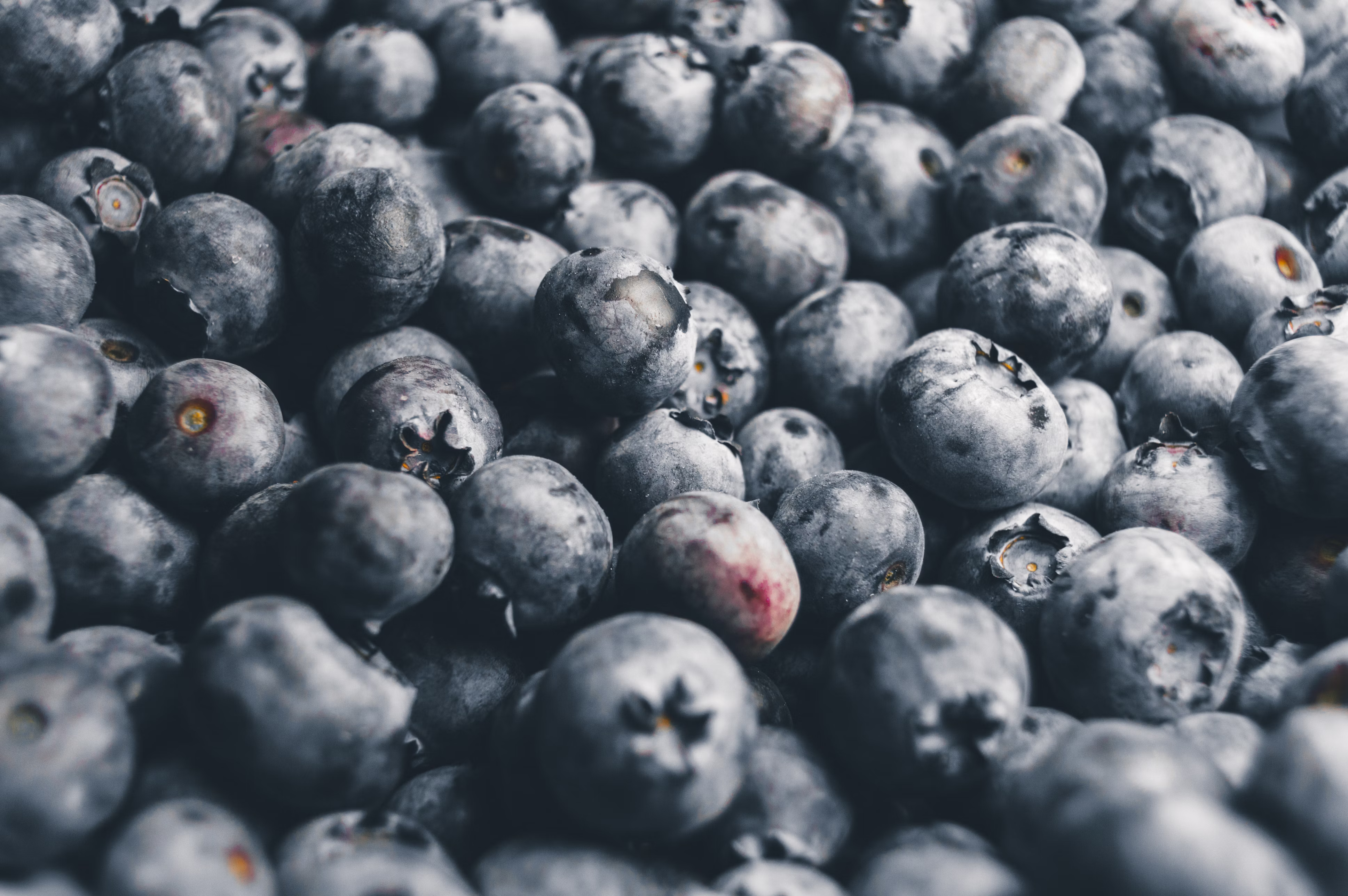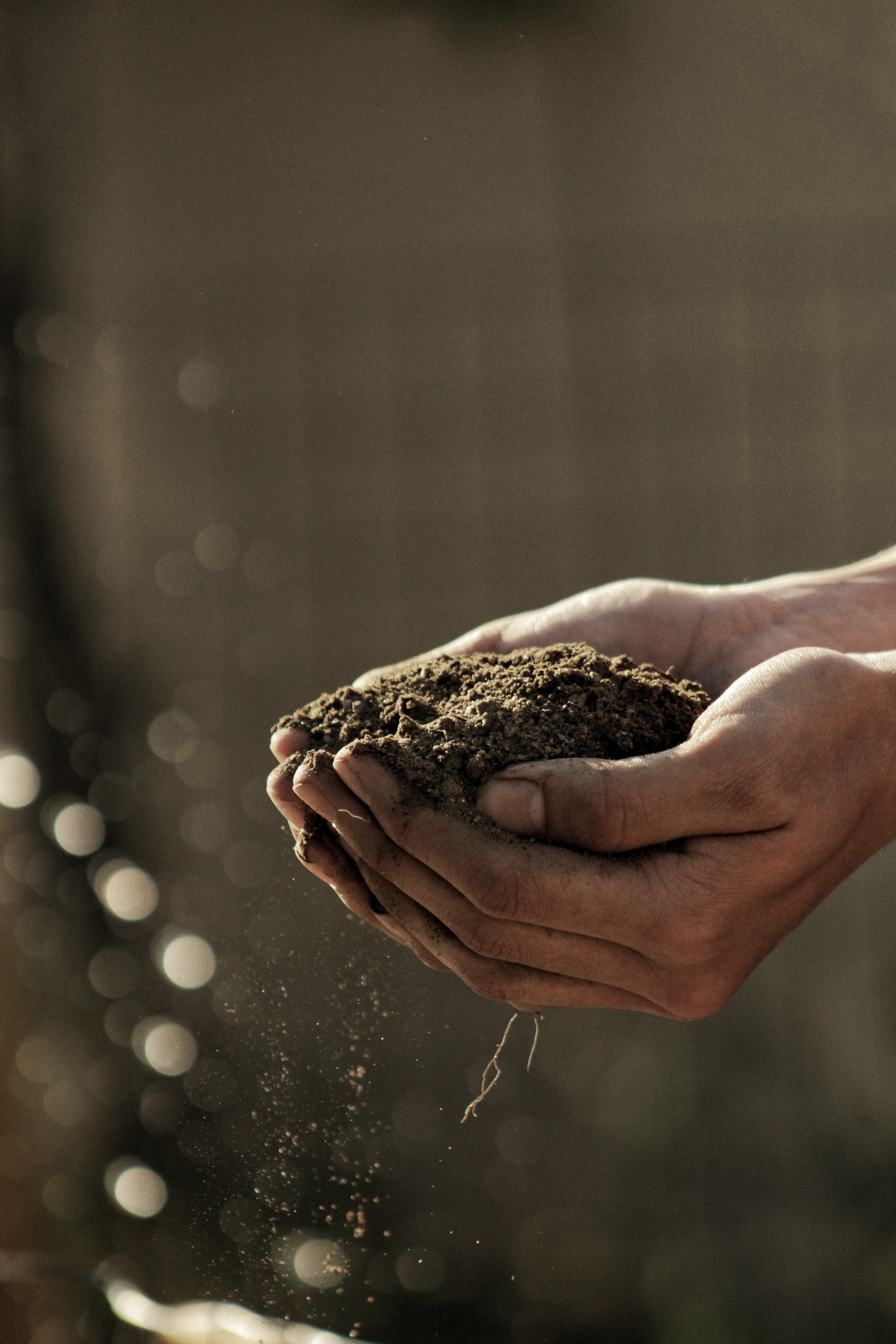As the days grow shorter and the air turns crisp, September marks a transition from the heat of summer to the cooler days of fall. For homesteaders, this month is a golden opportunity to start a new wave of planting. Whether you’re looking to extend your harvest season or simply begin your journey into homesteading, September is the perfect time to plant certain crops that thrive in cooler temperatures. In this guide, we’ll explore the best plants to start in September, along with tips for a successful fall garden.
1. Understanding Your Growing Zone
Before diving into specific plants, it’s essential to know your USDA Hardiness Zone. This zone map divides the U.S. into regions based on average minimum winter temperatures, helping gardeners choose the right plants for their climate.

Understanding your zone will guide you in selecting plants that are best suited for your local climate, ensuring a fruitful garden even as the weather cools.
2. Leafy Greens: A Nutrient-Packed Choice
Leafy greens are some of the most resilient crops you can plant in September. They thrive in cooler temperatures and can even tolerate light frosts. Here are a few varieties to consider:
- Spinach: Spinach is a quick-growing crop that can be harvested in as little as 30 days. It’s packed with vitamins and can be used in a variety of dishes. (Zones 3-9)
- Kale: Kale is incredibly cold-hardy, often becoming sweeter after a frost. It’s a versatile green that can be used in salads, soups, and smoothies. (Zones 3-9)
- Lettuce: Lettuce varieties like Romaine and Butterhead are excellent for fall planting. They grow quickly and can be harvested as baby greens or full heads. (Zones 3-10)

3. Root Vegetables: Digging Deep for a Bountiful Harvest
Root vegetables are another excellent choice for fall planting. They store well through the winter and can provide a steady supply of fresh produce. Consider planting the following:
- Carrots: Carrots grow best in loose, well-drained soil. Planting them in September allows them to mature in cooler weather, which enhances their sweetness.
- Beets: Beets are a dual-purpose crop, providing both nutrient-rich greens and delicious roots. They’re easy to grow and store well.
- Radishes: Radishes are one of the fastest-growing root vegetables, maturing in just 3-4 weeks. They’re perfect for a quick fall harvest. (Zones 3-10)
- Garlic: Garlic can be planted in the fall for a harvest in the spring! (Zones 3-10)

4. Brassicas: Cold-Hardy and Flavorful
Brassicas, also known as cole crops, are another group of vegetables that thrive in cooler weather. These include:
- Broccoli: Broccoli is a fall favorite that can produce a steady harvest if planted in September. It prefers cooler temperatures and will continue to produce side shoots after the main head is harvested. (Zones 5-9)
- Brussels Sprouts: Brussels sprouts take a bit longer to mature but are well worth the wait. They develop the best flavor after a few frosts.
- Cabbage: Cabbage is a versatile crop that can be used fresh, fermented, or stored for later use. It grows best in cool weather and can tolerate light frosts.

5. Herbs: Fresh Flavors All Fall Long
Don’t forget about herbs! Many herbs can be planted in September and will continue to provide fresh flavors throughout the fall. Consider these options:
- Parsley: Parsley is a biennial herb that can survive the winter in milder climates. It’s a great addition to soups, stews, and salads.
- Cilantro: Cilantro prefers cooler temperatures and will bolt quickly in the heat. Planting in September gives you a steady supply for fall dishes.
- Thyme: Thyme is a hardy perennial that can survive cold winters. It’s a versatile herb that pairs well with a variety of dishes.

6. Blueberries
Blueberries: Fall is the perfect time to plant blueberry plants! It allows early growth during the spring because the roots will be well established. (Zones 3-10)

7. Preparing Your Garden for Fall
Before planting your fall garden, it’s important to prepare your soil. Remove any summer crops that are past their prime, and add a layer of compost or organic matter to replenish nutrients. This will give your new plants the best start possible.

8. Conclusion: Sowing the Seeds of Success
September is a month of new beginnings in the garden. By choosing the right plants and preparing your soil, you can enjoy a bountiful harvest well into the fall. Whether you’re a seasoned homesteader or just starting your journey, these crops are sure to provide delicious, nutritious food for your table.
Happy planting!


